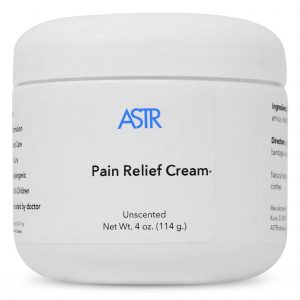Meniscus Tear: Definition, Anatomy, Causes, Classifications, Symptoms & Treatment
Meniscus Tear: Definition, Anatomy, Causes, Classifications, Symptoms & Treatment
What is Meniscus?
Meniscus tears are highly prevalent among knee injuries. Each knee joint contains two wedge-shaped pieces of cartilage (menisci, or singularly, meniscus) that function to cushion impacts between the thighbone (femur) and shinbone (tibia). Without menisci, the body’s weight would not be evenly applied to the bones in the leg, increasing the likelihood of knee injury.
Meniscus Anatomy
In each knee joint, there is a lateral meniscus on the outer side and a medial meniscus on the inner side. The material they are composed of is tough and rubbery which helps to keep the knee joint stable while buffering forces.
Causes of Meniscus Tear
Tears in menisci can occur from playing sports, from explosive squatting and twisting movements, from direct contact like tackling, or from degenerative changes as cartilage weakens and becomes thin with age. Traumatic tears tend to occur vertically in the meniscus and are more likely to result in a movable fragment that can catch in the knee.
Classifications of Meniscal tears
There are several different classification of meniscal tear. Classifications include:
- Radial tears
- Flap or parrot-beak tears
- Peripheral, longitudinal tears
- Bucket-handle tears
- Horizontal cleavage tears
- Complex, degenerative tears
Symptoms of a Meniscus Tear
Symptoms of a meniscus tear include:
- Knee pain
- Swelling
- Joint locking (unable to straighten leg fully)
- Sensation of the knee “giving way”
Meniscus Tear Treatment
ASTR treats pain from a meniscus tear in a gentle, effective, and natural way by releasing scar tissue and fascia restriction around the knee joint. ASTR takes a holistic approach to address the root causes of pain, not just the symptoms. ASTR treatment can be done at home for meniscus tear
Meniscus Tear Home Treatment

- Fast results
- Treatment takes about 5 min a day
- Easy to use medical tools
- Natural holistic approach
- Treat the root cause of the problem
- Invented by a doctor who had chronic pain
- Supported by over 45 studies
ASTR Exceptionally Different
Reviews collected from various websites
Heal Faster




